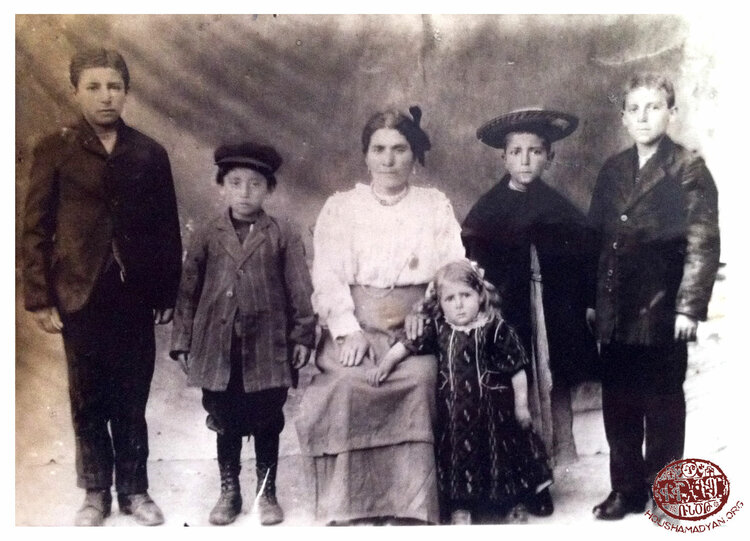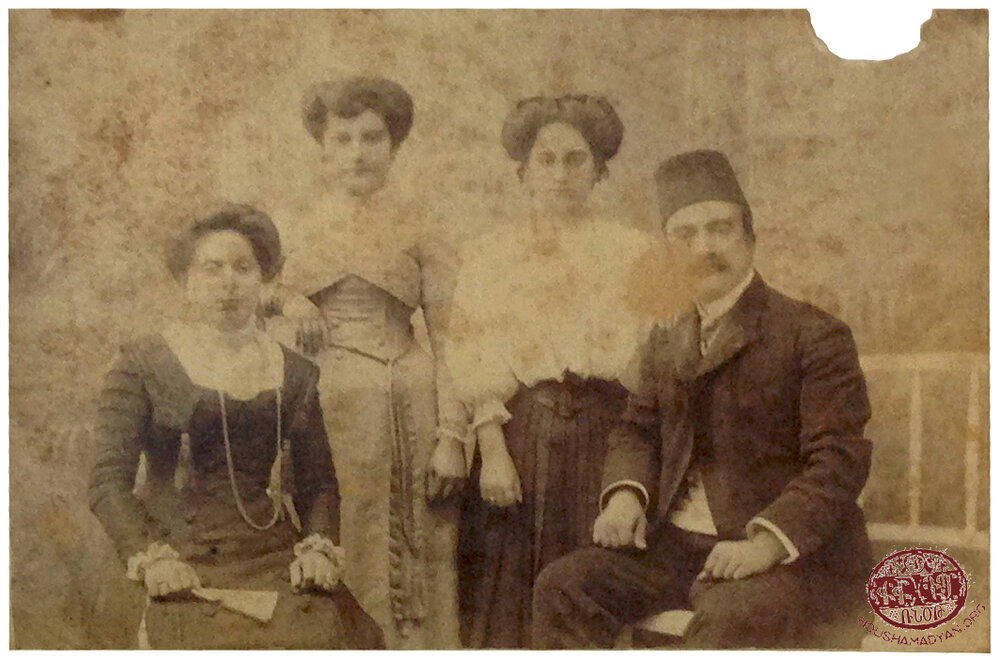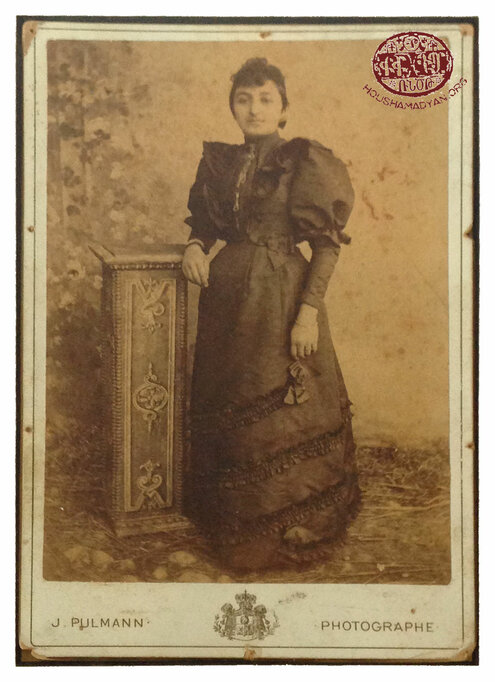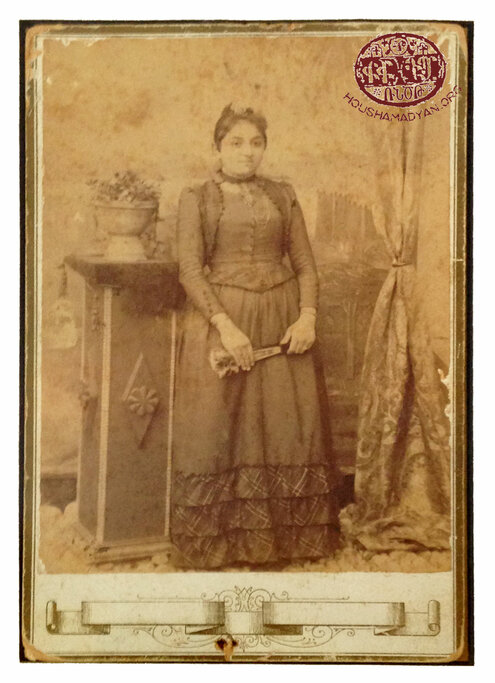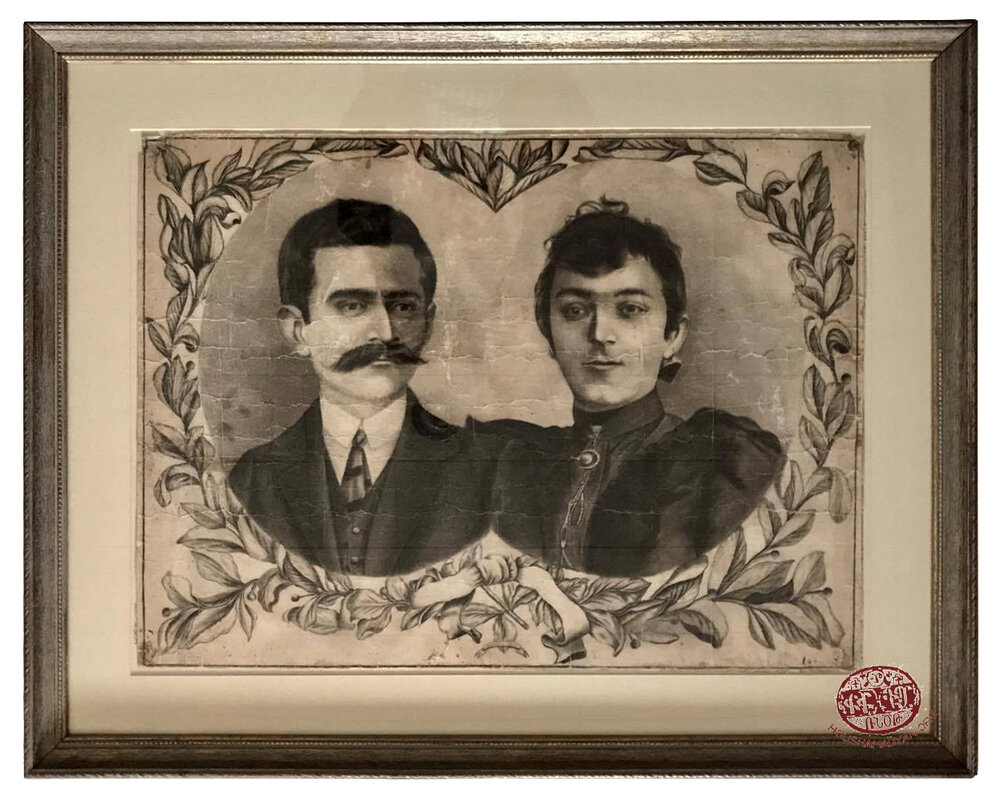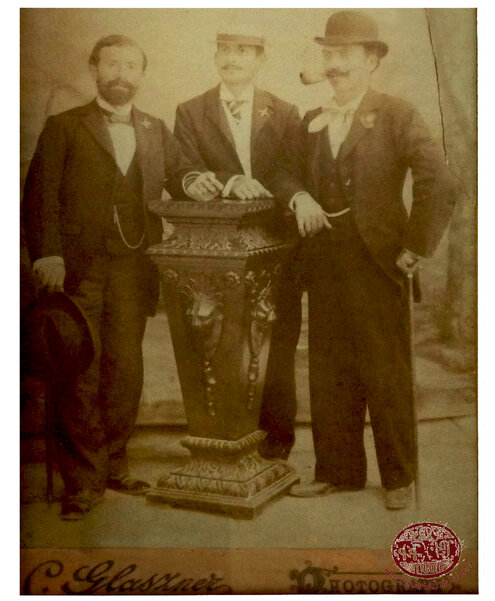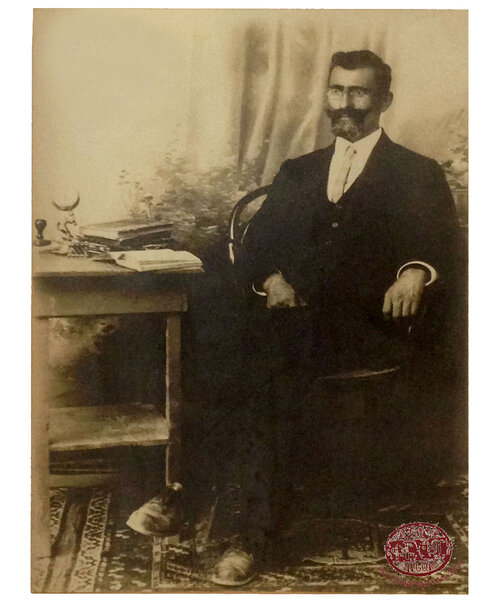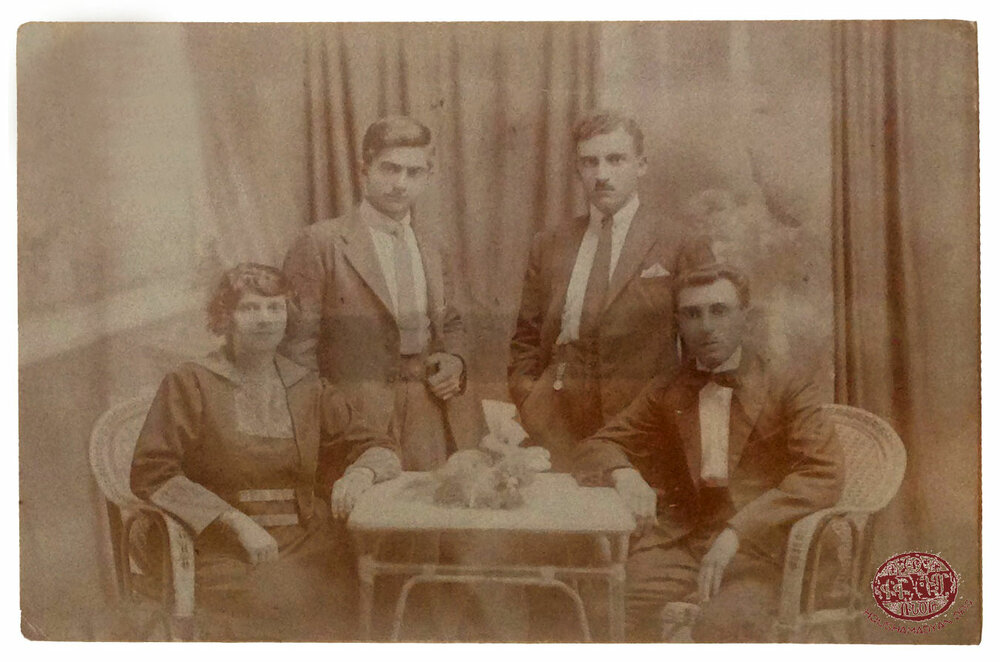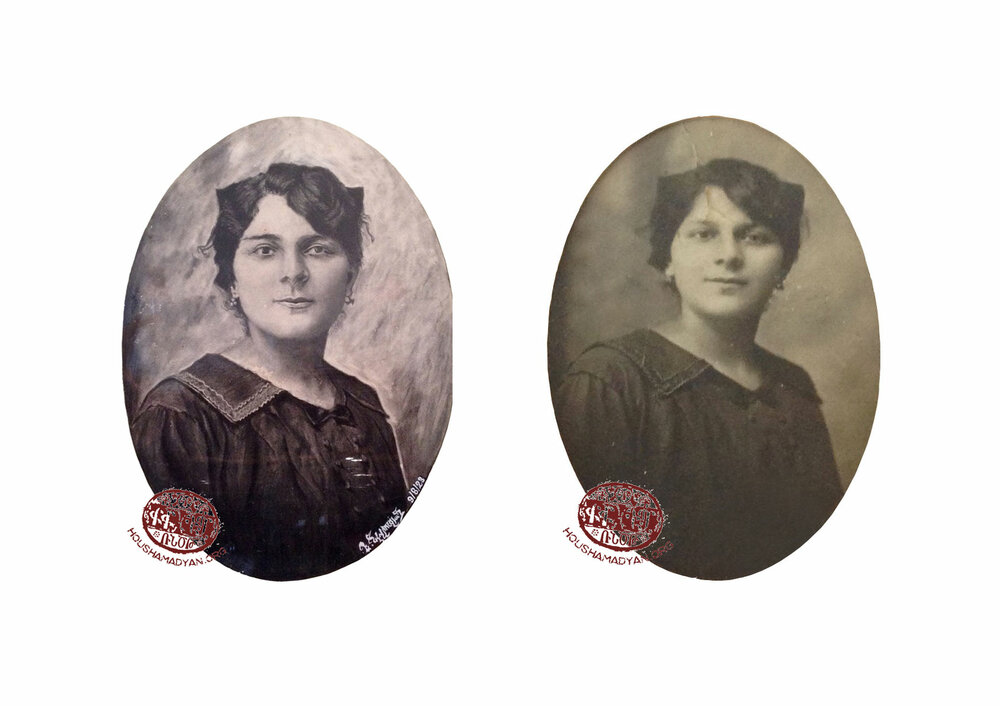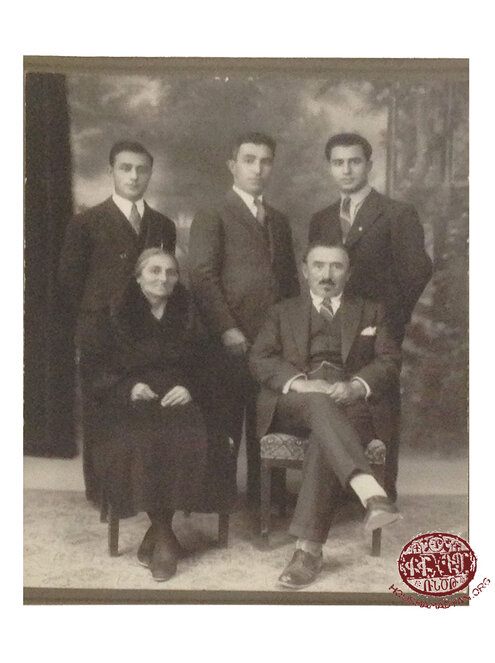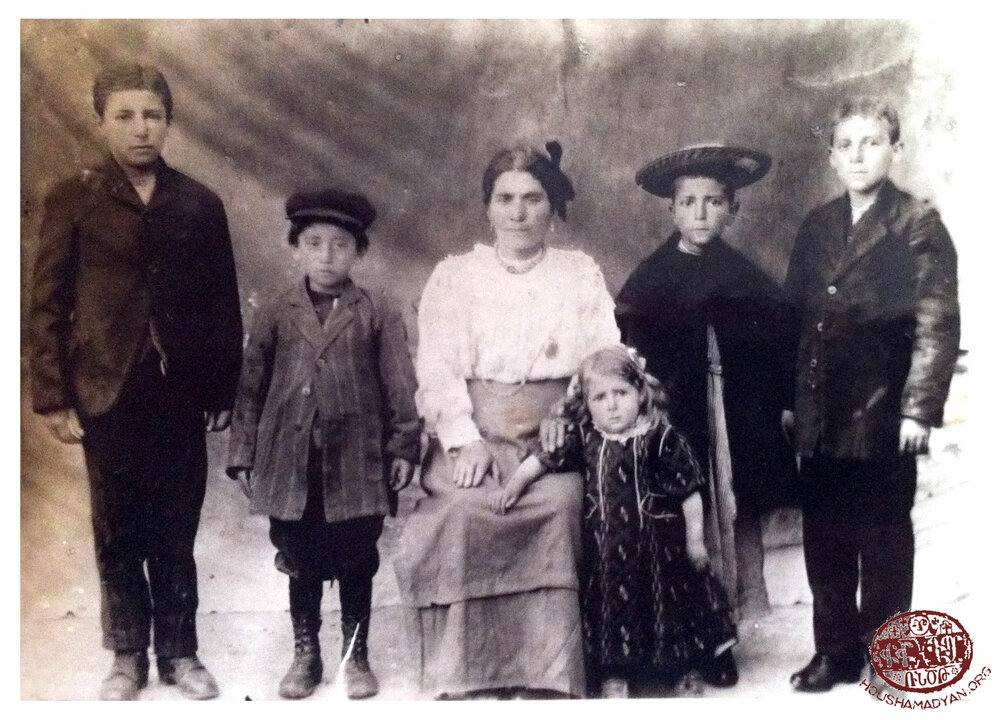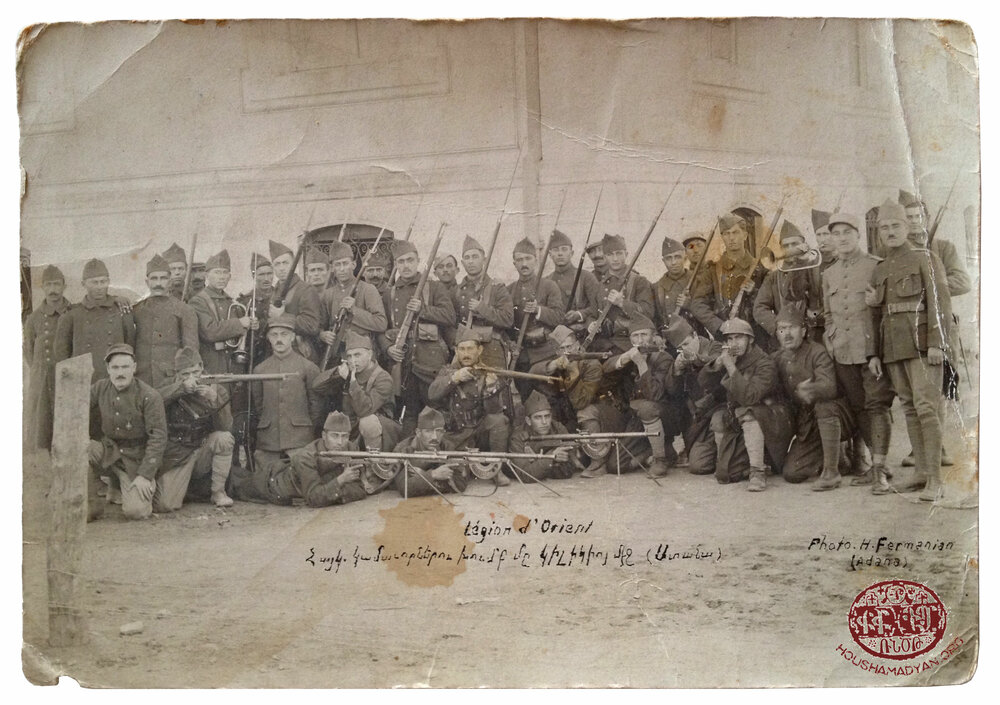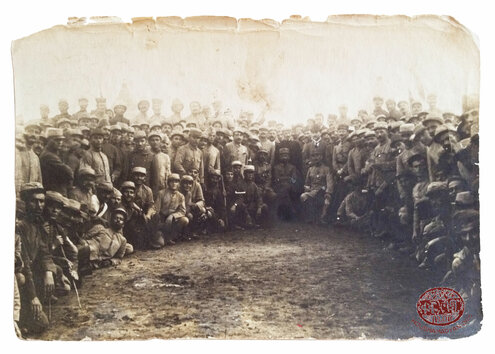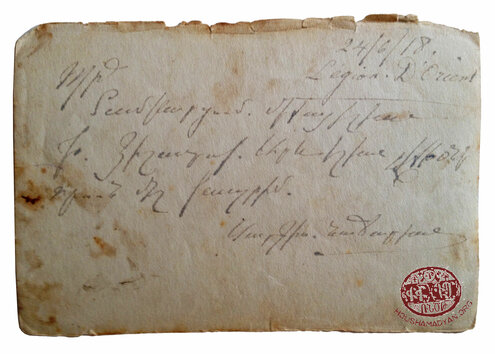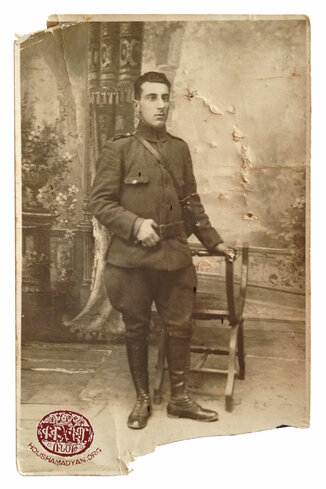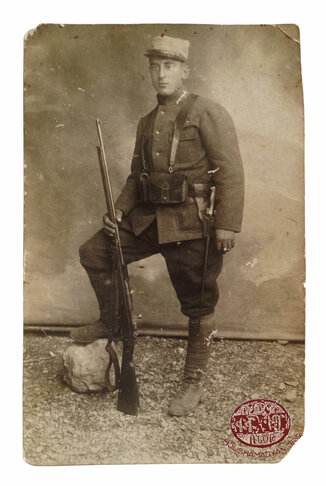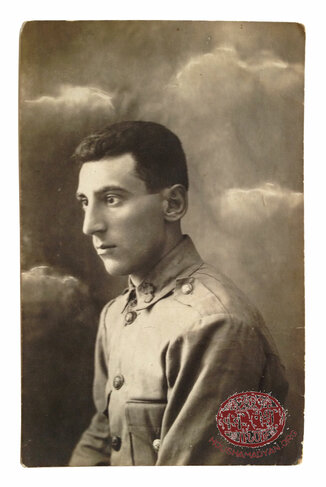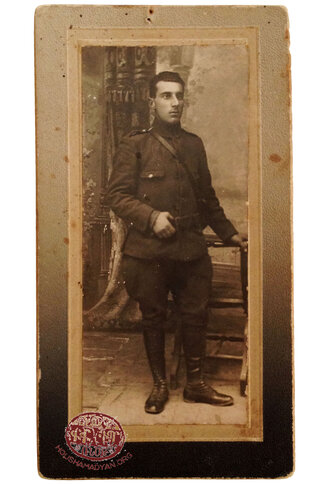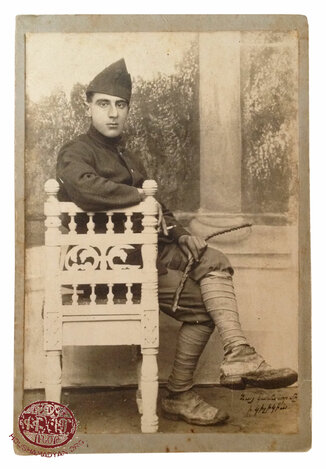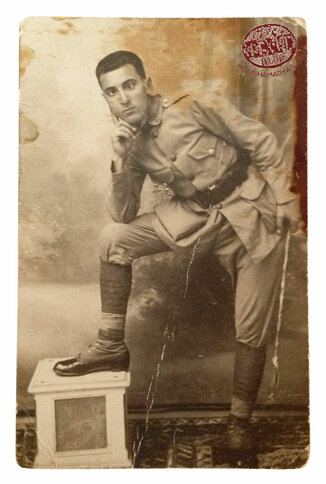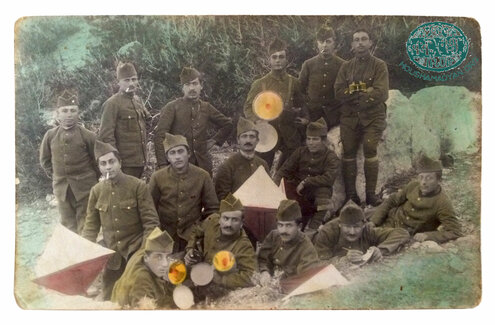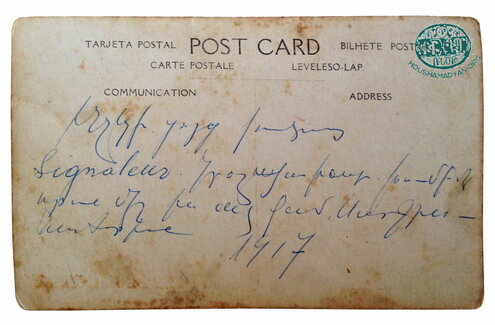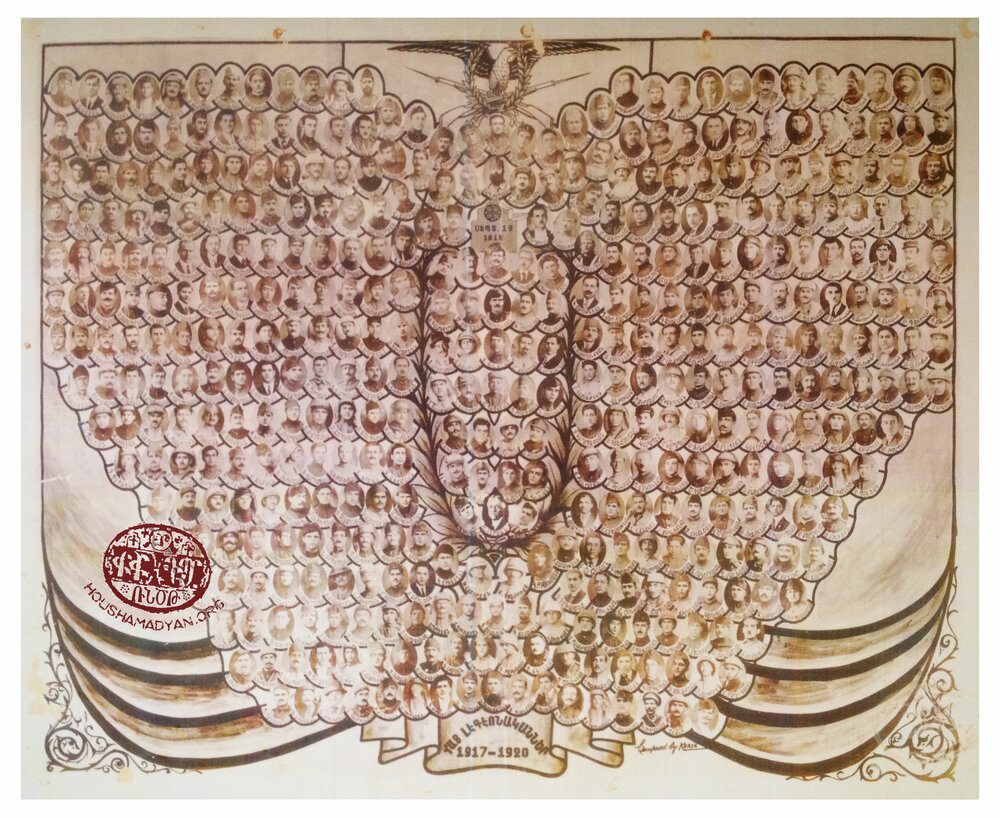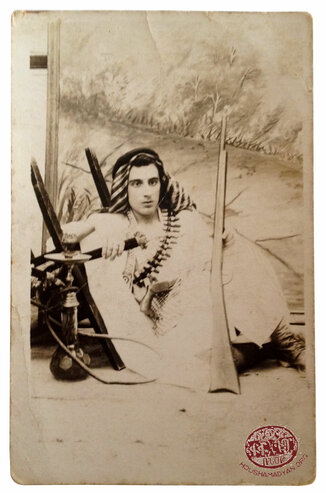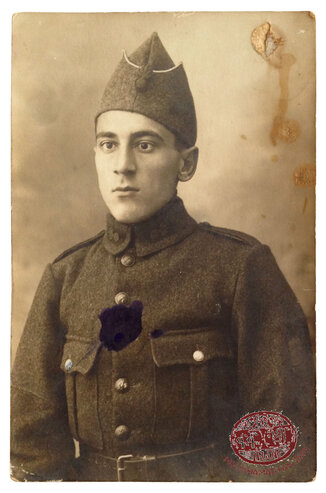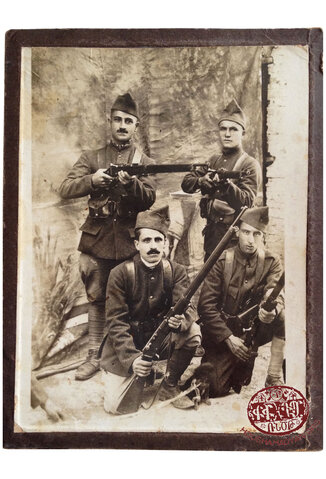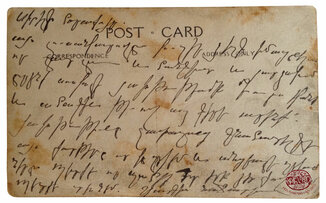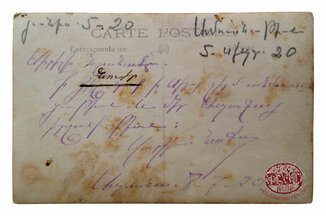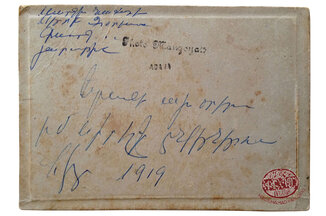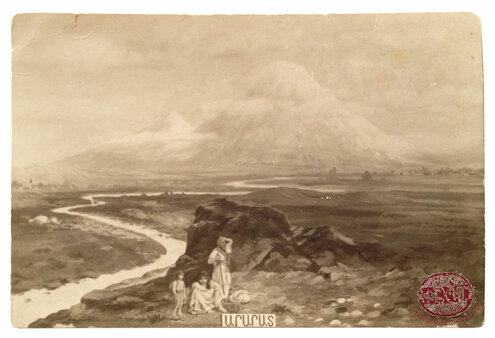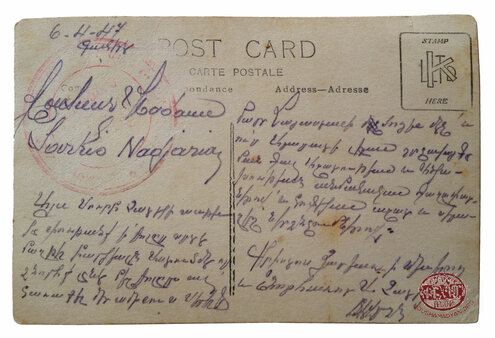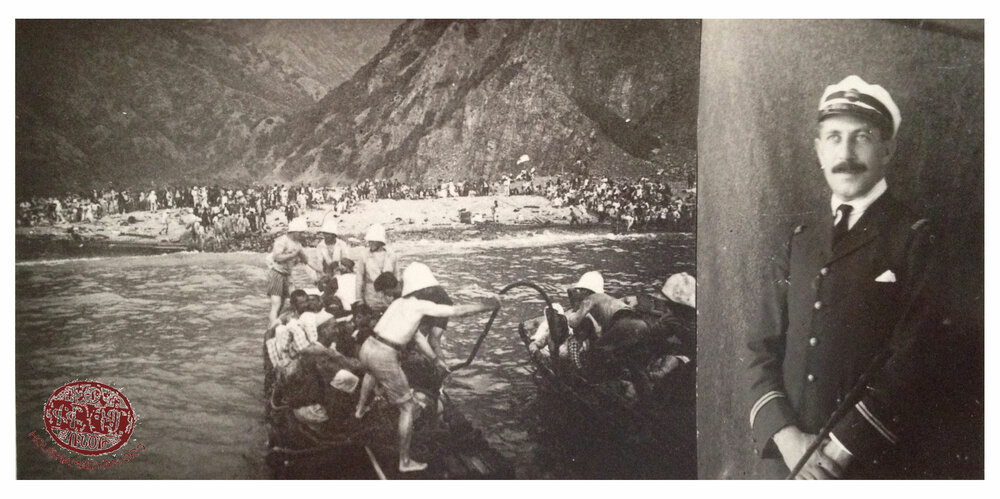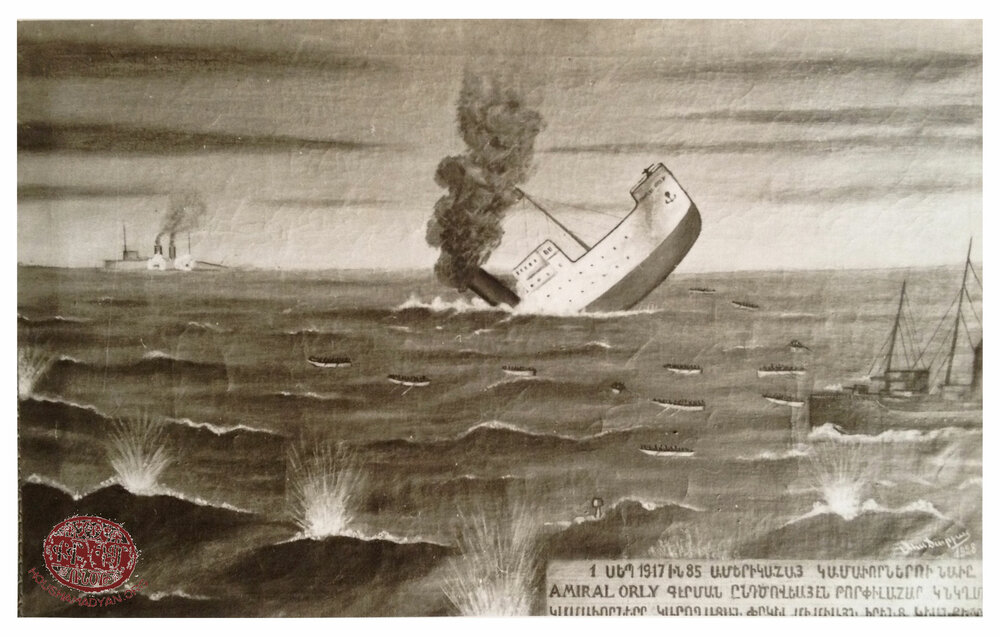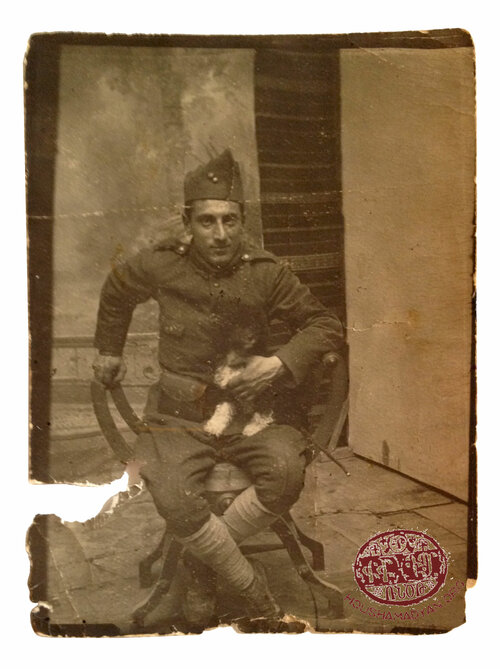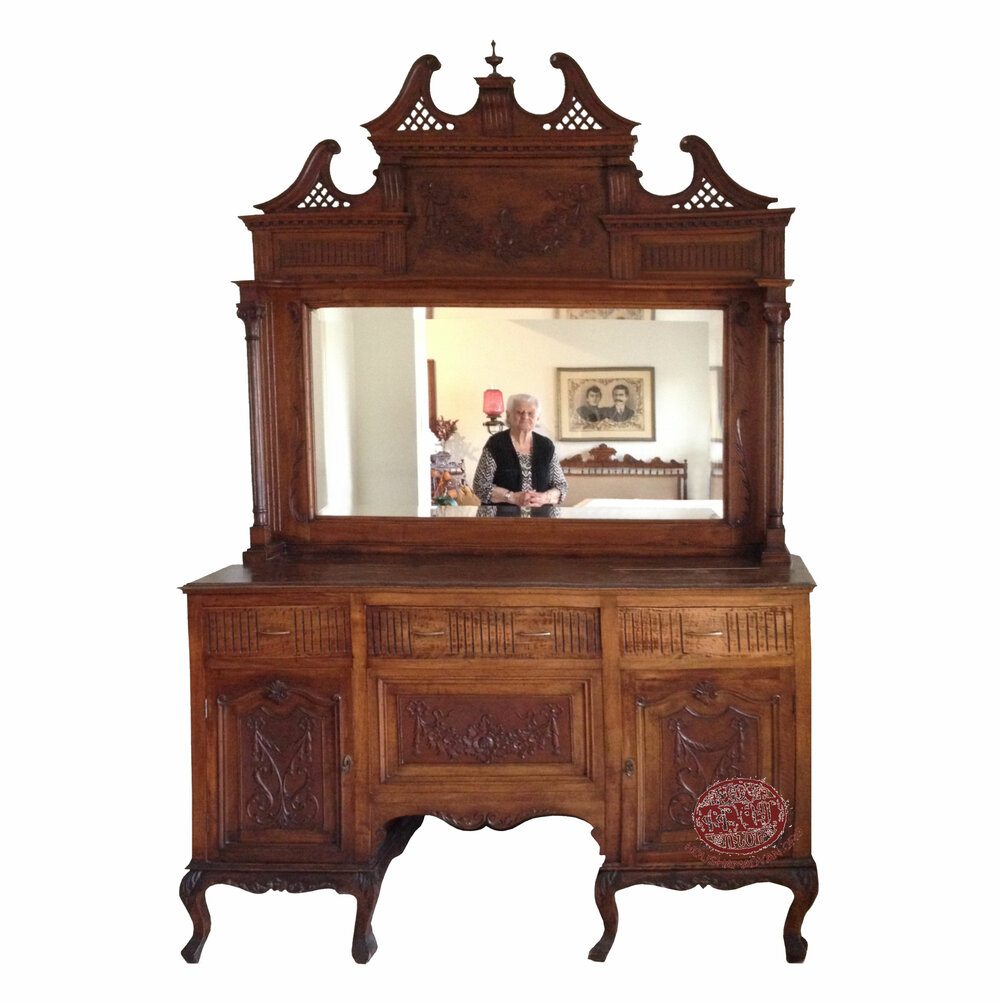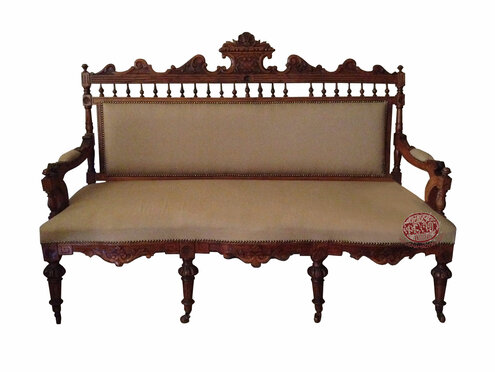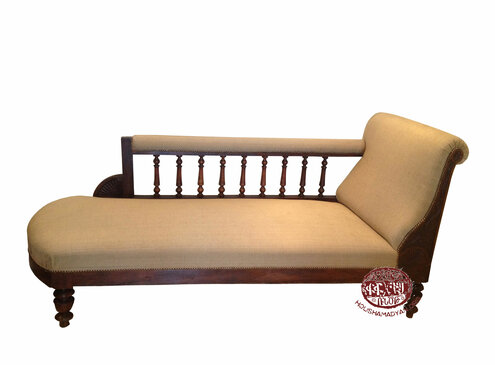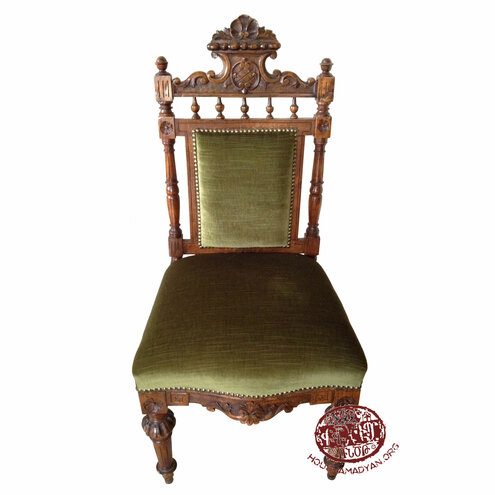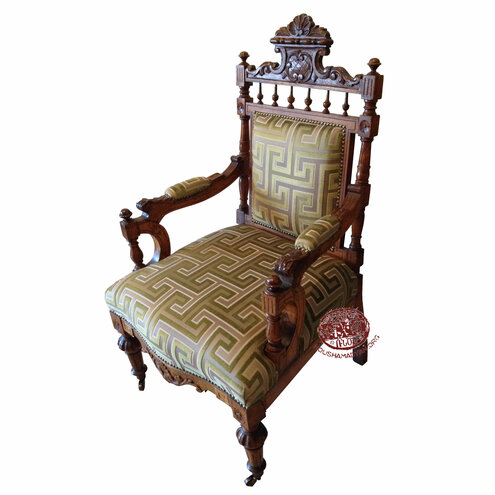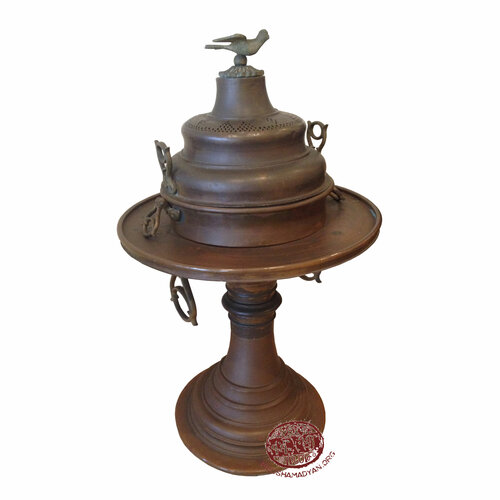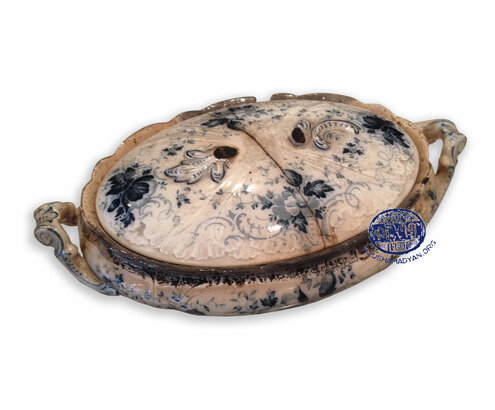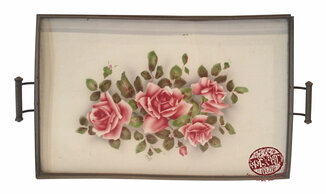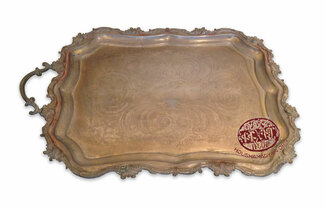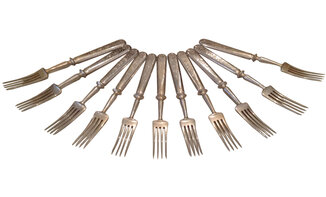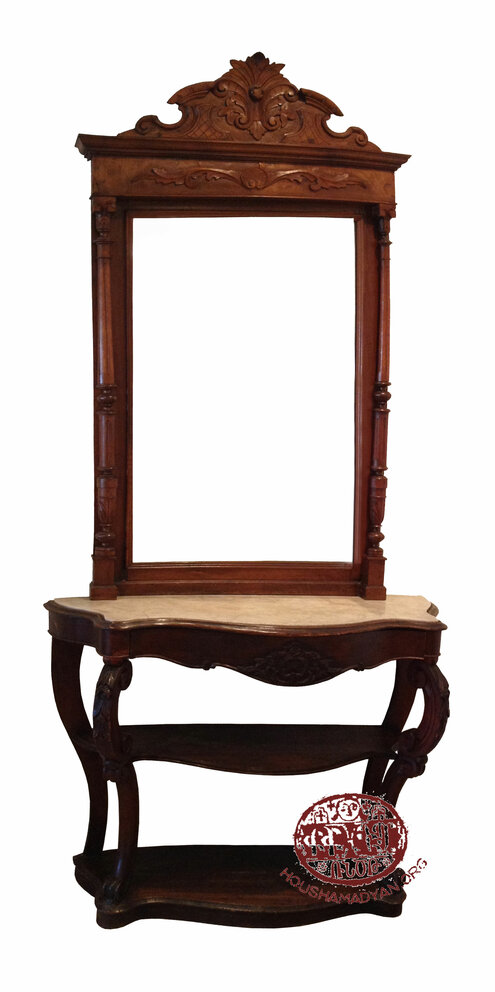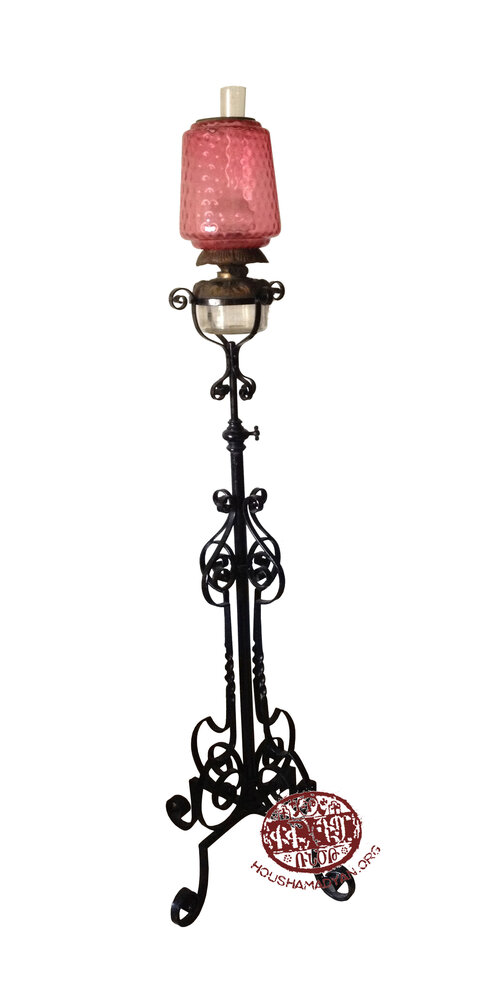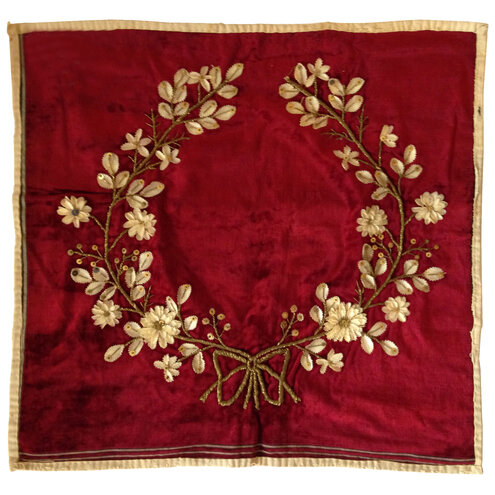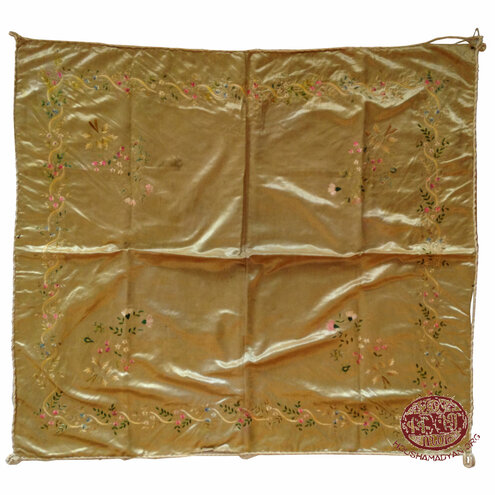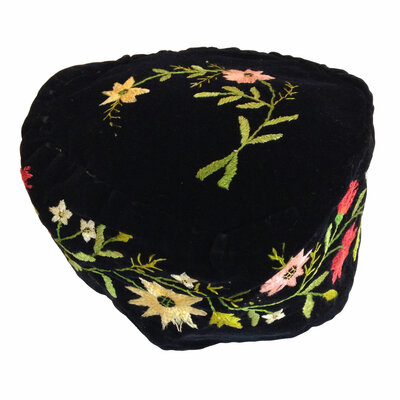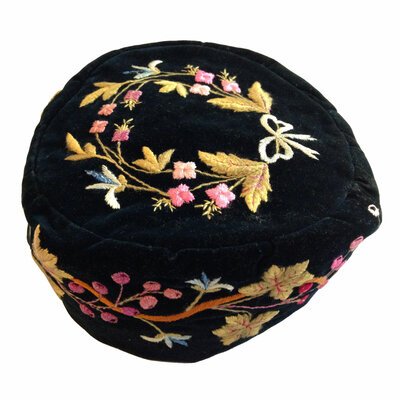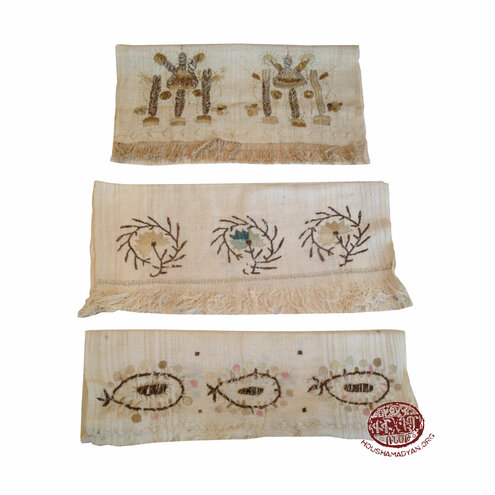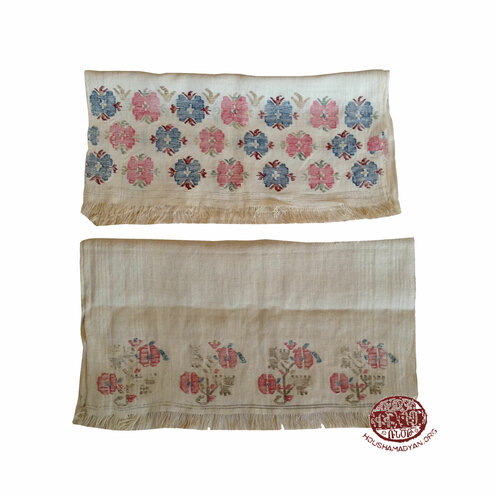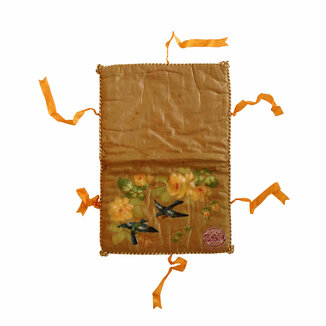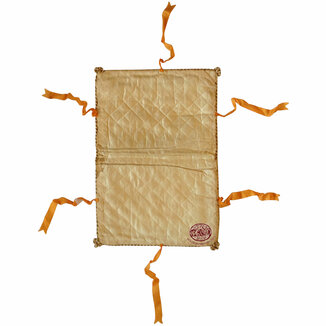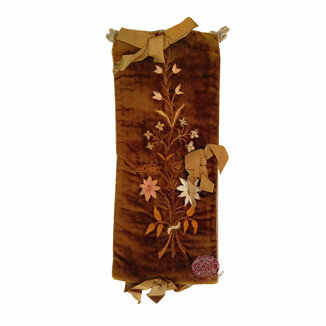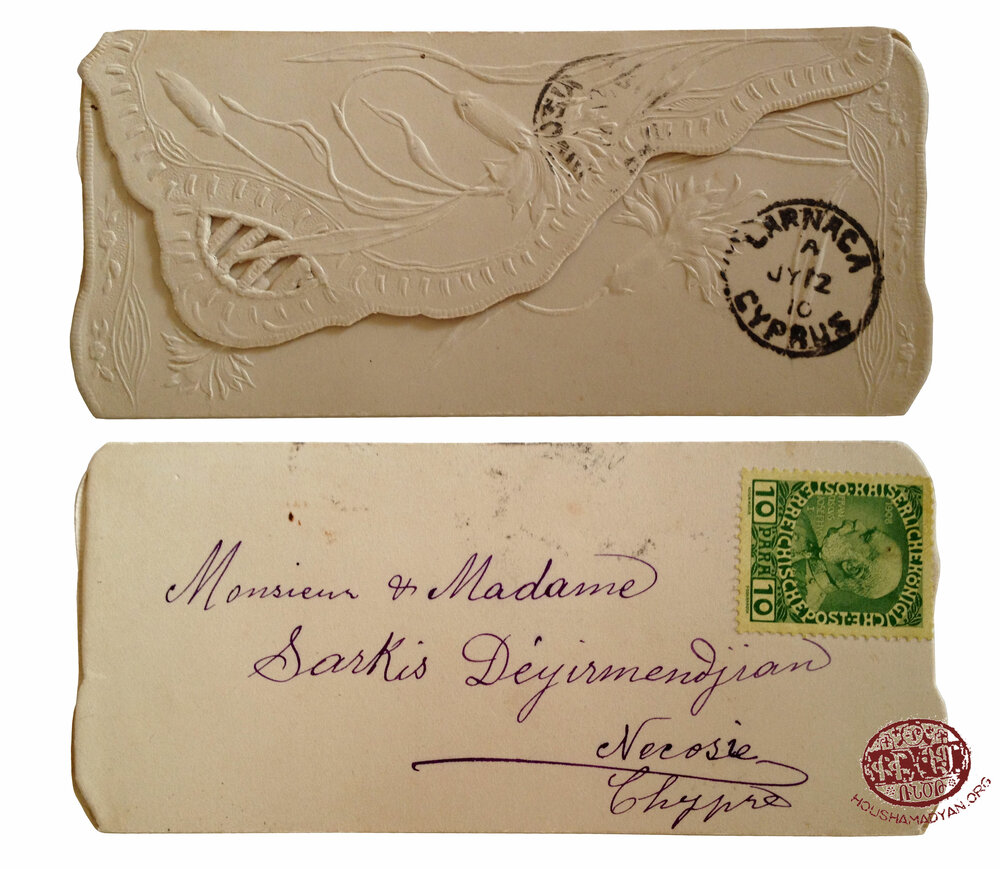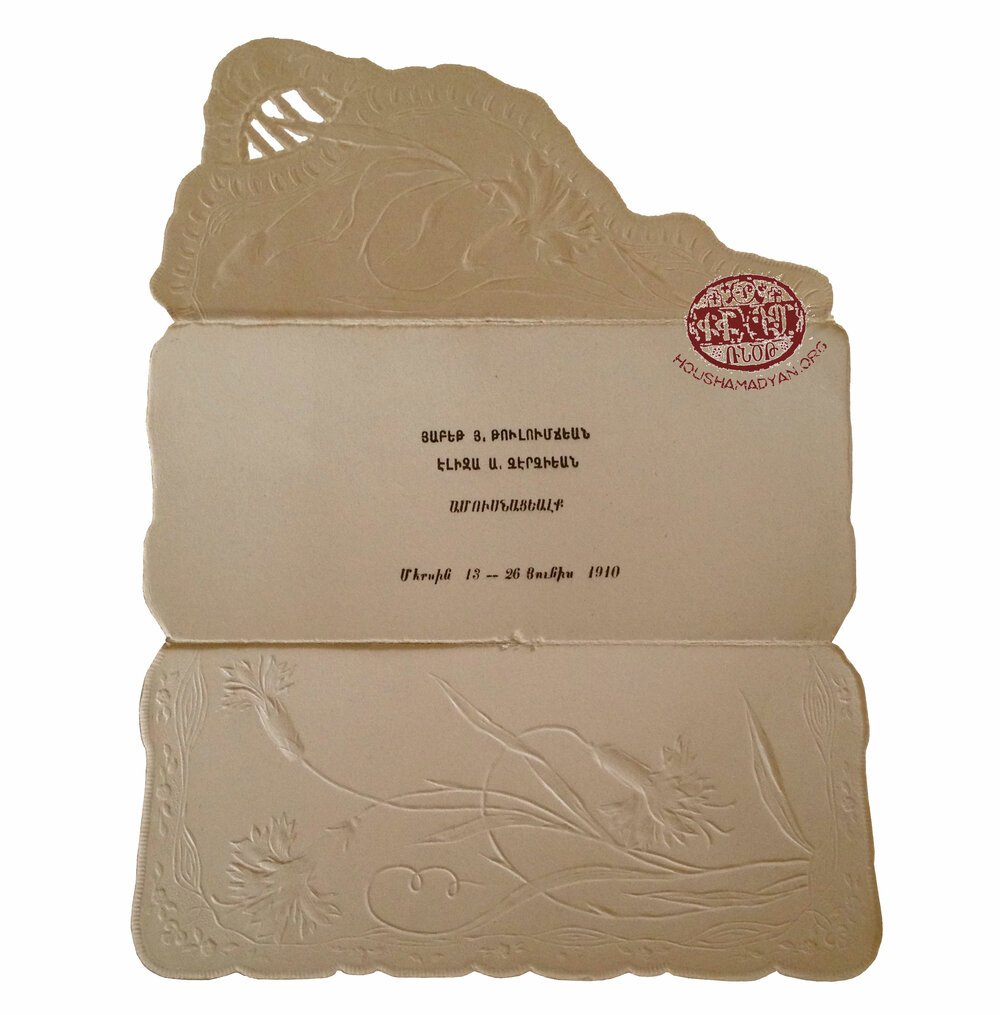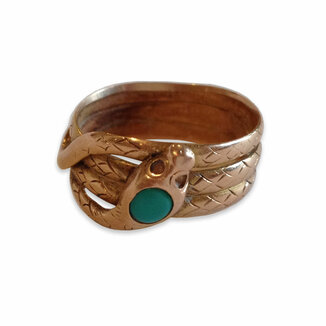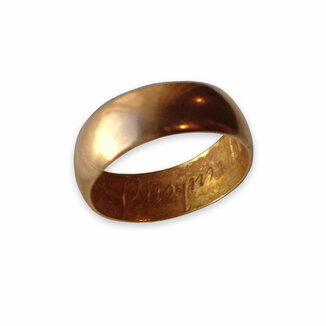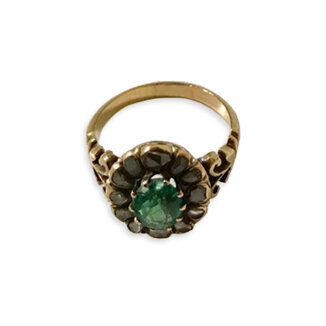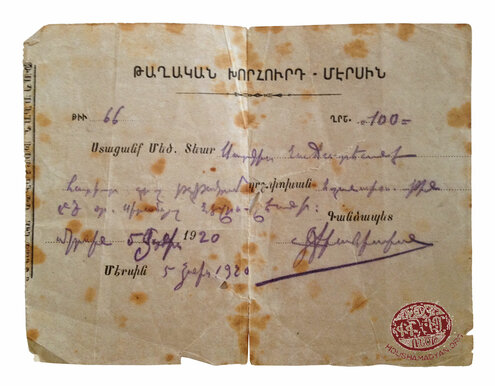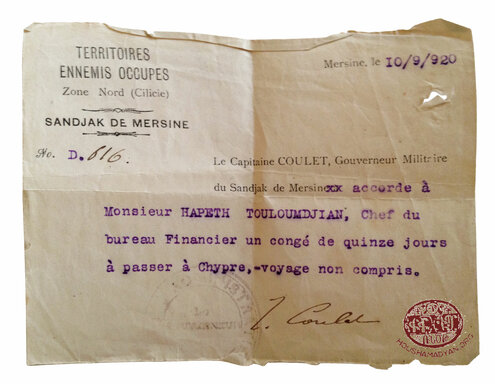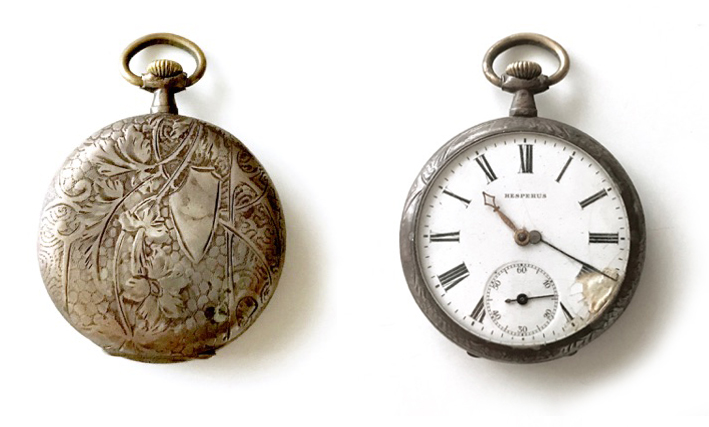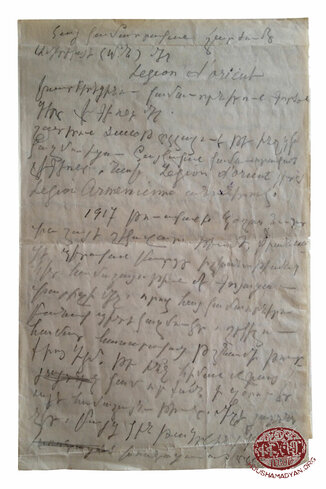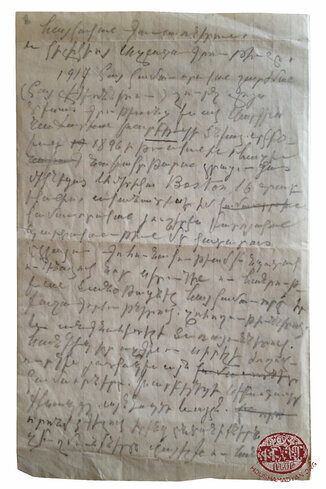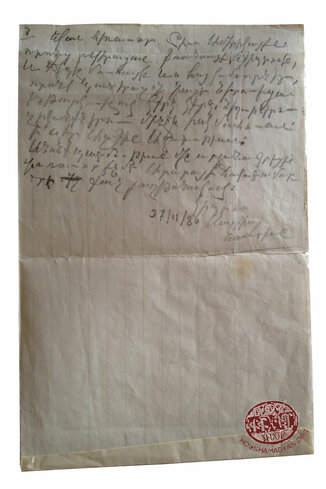Touloumdjian collection - Nicosia, Cyprus

This rich and rare collection was put at our disposal by Sona Touloumdjian (née Nadjarian) and her son Hapet Touloumdjian, who currently reside in Nicosia, Cyprus. The collection is truly unique since it has mementos that give us a notion of Armenian life in Mersin (a port city in Cilicia), including grand pieces of furniture which belonged to the family and which they used in their house in Mersin. They were able to transport all of these with them when they moved to Cyprus in 1921. The Touloumdjian household in Nicosia is furnished with original items from Mersin, which are more than a 100 years old. Houshamadyan’s experience was distinctive since history was all around in this apartment situated in a modern multi-story high building… Every corner displayed mementos from the past life the family lived in their native city of Mersin.
Part of the collection, mainly photographs, is from Sona Touloumdjian’s side of the family and some of the mementos are from Sona’s husband’s Avedis Touloumdjian’s side of the family. Sona Touloumdjian’s father, Sarkis Nadjarian, was born in Kharpert/Harput around 1895/6 and died in Cyprus in 1985. During WWI, Sarkis was a volunteer in the Eastern Legion (Légion d'Orient, which was later called Légion Arménienne) and went to Mersin, where he met Sona’s mother Siranoush Nadjarian (née Nevrouzian), who was born in Mersin around 1900 and died in Cyprus in 1987. Sarkis and Siranoush got married in Mersin and later moved to Lebanon. There are some photographs in the collection, which date from the time when the couple resided in Beirut, Lebanon. Sona Touloumdjian (née Nadjarian) was born in Beirut on the 1st of April 1927, and her sister Sirvart Nadjarian was born on the 21st of August 1930. The Nadjarians continued to live in Lebanon until 1980, they then moved to Cyprus and settled in Nicosia.
Sona Touloumdjian (née Nadjarian) married Avedis Touloumdjian in Cyprus on the 22nd of November 1964. Avedis was born in Mersin on the 1st of February 1913 and died in Cyprus on the 31st of August 2013. After WWI, Cilicia (including Mersin) was occupied by the French armies and was ruled by a French administration. The Touloumdjians continued to live in their native Mersin until the French army left Cilicia. As such, in the light of the decision to leave Cilicia to the Turkish authorities, towards the end of 1921, the local Armenians emigrated from Cilicia, mainly to Lebanon and Syria. During this period, some Armenian families also found refuge in Cyprus. When Avedis’s family moved to Cyprus from Mersin (in 1921), they transported a big part of their household items with them, including the pieces of furniture shown in this collection.

Touloumdjian family photographs
1. Tensouf Nevrouzian (née Tchertchian, she is Siranoush’s mother, Sona Touloumdjian’s grandmother) photographed in Mersin, right after her wedding.
2. Tensouf Nevrouzian (née Tchertchian) after her engagement. Her husband Israel Nevrouzian worked as an attorney at Regie - the company that had the monopoly on the production of cigarettes in the Ottoman Empire.


1. This is the wedding photo of Siranoush Nadjarian (née Nevrouzian) and Sarkis Nadjarian, in Mersin in 1920. Siranoush was born in Mersin around 1900, whereas Sarkis was born in Kharpert/Harput around 1896. During WWI, he joined the Eastern Legion (an auxiliary unit of the Allied forces located at the Sinai front) and had gone to Mersin where he met Siranoush and they wed in 1920. The couple later moved to Lebanon where their daughters Sona and Sirvart were born, later they finally settled in Cyprus.
2. Standing from left to right are: Hagop Touloumdjian (he was born in Mersin and died in Cyprus, he is Hapet Touloumdjian’s son and Avedis’s brother), a cousin from America (name unknown), Avedis Touloumdjian (Sona’s husband, who was born in Mersin in 1913 and died in 2013 in Cyprus). Seated from left to right are: Eliza Touloumdjian (née Tchertchian) - Hapet’s wife and Sona’s mother-in-law, and Setrag Touloumdjian (Hapet’s brother).

The Eastern Legion years
The Eastern Legion was established in November 1916 in Egypt by the initiation of the Allied forces. Sarkis Nadjarian was part of the Eastern Legion. In the beginning, the legion is entirely made up of Armenian soldiers, who, during WWI, were deployed at the Egyptian front under the French flag, against the Ottoman army. Later, Syrians and Lebanese also joined this unit, which had an auxiliary status to the French army. In January 1918, the Eastern Legion had around 3800 soldiers, out of which 2650 were Armenians. In January 1919, this military unit got divided into two parts: the Armenian Legion, which was based in Cilicia, and the Syrian Legion, which operated in Lebanon.
1. This photo shows the Eastern Legion, to which Sona Touloumdjian’s (née Nadjarian) father Sarkis Nadjarian had joined.
2. Back side of the photo. Dating from 24/06/1918, Légion d'Orient. It reads:
"Mr. Hampartsoum Mikaelian in the memory of the Eastern Legion in which I live.
Sarkis Nadjarian"


1. Sarkis Nadjarian with his comrades. Sarkis can be seen in far left corner of the first row.
2. The writing on back of the photograph from 1917 mentions that this group photograph represents those soldiers of the Eastern Legion who used flag semaphore - a telegraphy system conveying information at a distance by means of visual signals with hand-held flags.

1. The postcard is addressed to Sarkis Nadjarian’s paternal aunt, and was sent to her from the time when he was serving in the Eastern Legion.
2. Dated July 8, 1920, the postcard reads: “To my dear fiancé, as a present for the unforgettable warmth of love and our future happiness.”
3. The names of the people appearing in this photograph are mentioned on the back: Sarkis Nadjarian, Serop Zorian, Kevork, Haroutyoun. The photographer is Mangoyan. Sarkis has also added the following: “Longing for these days with my beloved friends, 1919.”
A postcard with the image of mount Ararat.
Dated April 6, 1947, the postcard was sent on the occasion of Easter from Cairo to Sarkis Nadjarian and his wife. The name of the sender is illegible. It seems that the sender is influenced by the general atmosphere of repatriation to Soviet Armenia, which reigned at the time; he/she wishes that God “Would gather all of us in the bosom of our beloved Mother Armenia, where we’ll be able to wander around the mountain Ararat with eternal ideas of Liberty and Independence, and kind inspirations.”


Touloumdjian family mementos
Sona Touloumdjian’s apartment in Nicosia is like a museum… It is full of items and objects that resonate the life that her ancestors led in Mersin. These amazing pieces of furniture all belonged to Sona’s husband’s side of the family. They were part of her mother-in-law’s dowry. When Sona was a new bride, and had moved to Cyprus, she discovered all these treasures, which were hidden away. Her mother-in-law did not wish to keep them, so Sona, knowing their value, took out all the furniture, had the upholsteries changed and decorated her home with them. Most items are in great condition.
One of the grand pieces of furniture brought from Mersin, the dining room buffet, which is currently kept in Sona Touloumdjian's apartment in Nicosia. Sona's reflection can be seen here in the mirror. Some of the other pieces of furniture can also be seen in the back, like the top part of the sofa, the lamp right behind Sona and a charcoal portrait of her grandparents Tensouf Tcherchian & Israel Nevrouzian hanging on the wall.



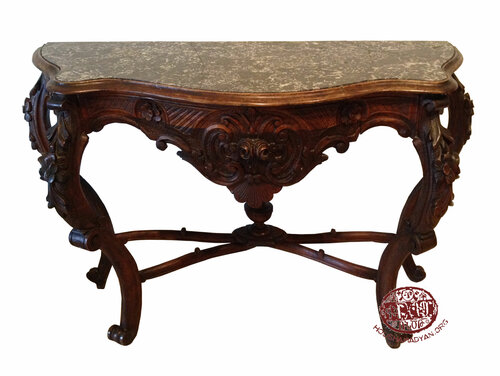
This console is also part of the furniture that comes from Mersin. The top surface is black marble.


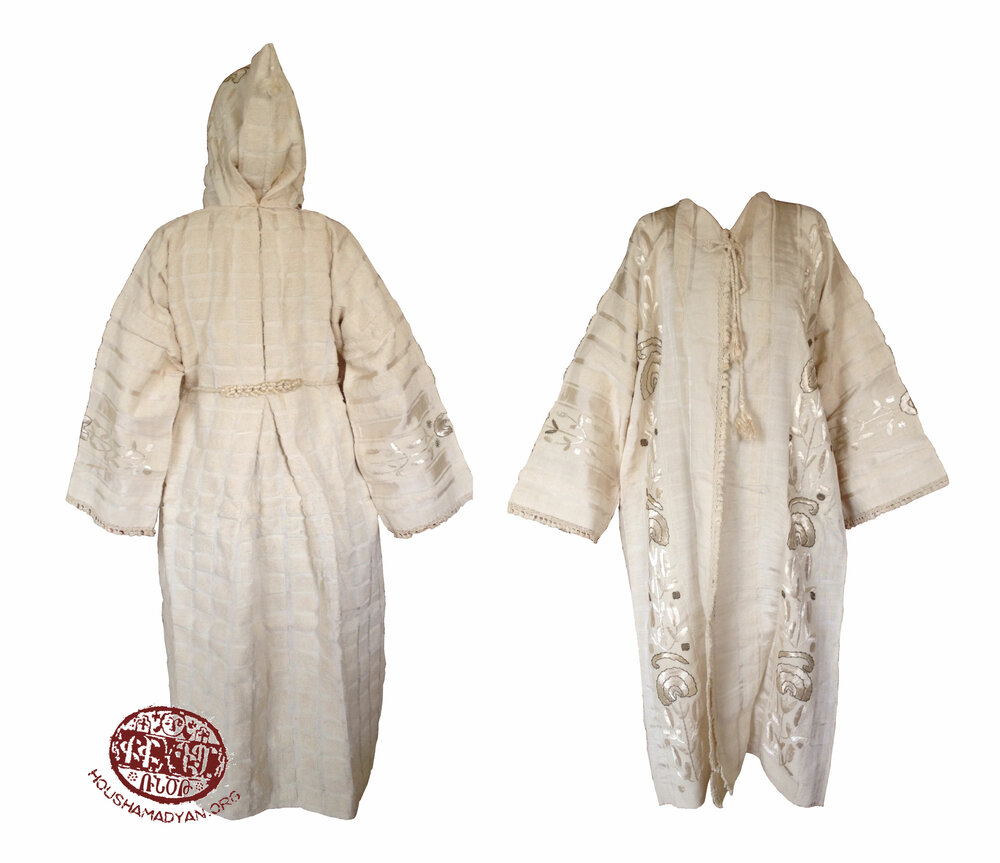
Hand embroidered bathrobe from Mersin, belonged to Sona Toulmoumdjian’s grandmother, Tensouf Nevrouzian (née Tcherchian). This women's bathrobe has a lot of hand woven and embroidered details. It is made of thick cotton and is ornamented with various flower shapes and motifs.


1. and 2. Hand painted silk padded sleeve, used as a cover for nightgowns or lingerie. It belonged to Tensuf Nevrouzian (née Tcherchian), Sona Touloumdjian’s (née Nadjarian) grandmother, and was part of her dowry, which at the time came from Paris. It was usually put on top of the bed linen at the bottom part of the bed. The bows were tied to close the folded sleeve.
3. Hand embroidered velvet napkin/tissue holder.


1. Dated June 5, 1920, a receipt prepared by the Mersin Town Armenian Council and given to Sarkis Nadjarian, after Sarkis paid 100 piasters as a fee for his engagement with Siranoush Nevrouzian.
2. Dated September 10, 1920; a permit signed by the French ruler in Mersin, Captain Coulet, granting Hapet Touloumdjian a vacation of 15 days in Cyprus. We get to know Hapet Touloumdjian’s post of the time: the chief of the financial office of Mersin.

